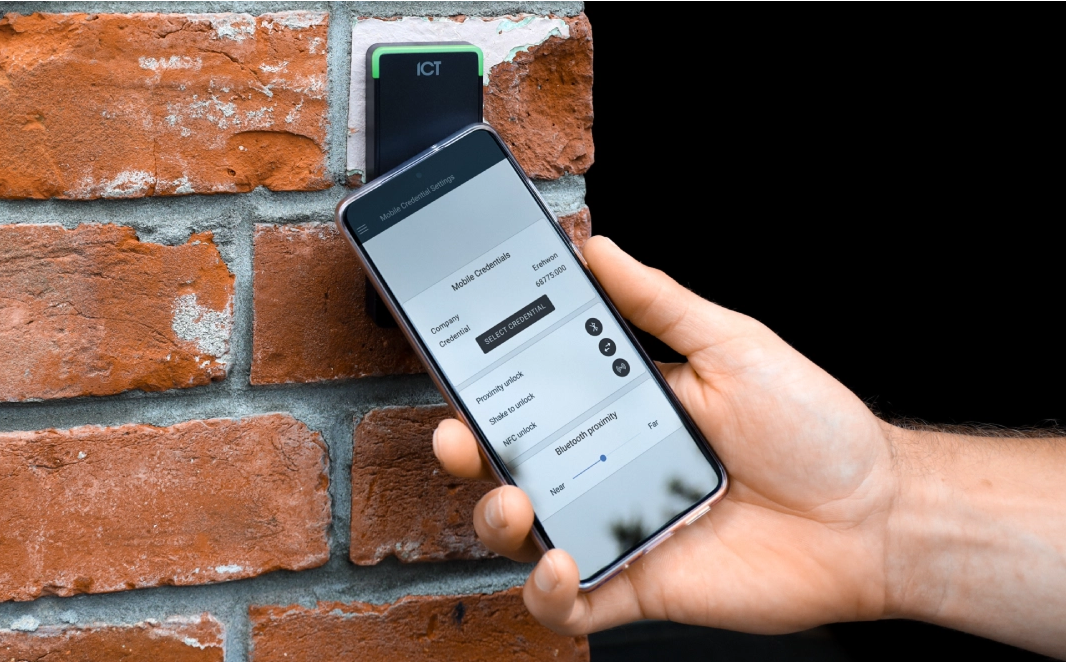Within today’s workplace, lockers have become the solution for replacing personal desk storage, driven by hot desk and clean desk policies.
Whether lockers are used for day storage, overnight storage or a combination of both, workplaces need to provide employees with personal storage space.
This creates a dilemma for modern workplaces. Does everyone need a locker?
Interestingly, our findings indicate that allocating a locker per employee might not be necessary. In fact, our data suggests you can be efficient with locker quantities, whilst ensuring you provide a locker for all your employees when they need it.
Unlocking the Data on Locker Utilisation
At Yellowbox, our smart locker systems have been instrumental in providing valuable data that informs locker requirement decisions.
Our extensive review of client patterns, specifically those utilising self-serve, permanent booking modes, has uncovered insightful findings on locker utilisation.
We explore actual utilisation of lockers compared to number of employees and determine the impact of desk sharing (number of employees per desk) on utilisation.
Surprisingly, even with varied desk sharing ratios, locker utilisation never hits 100%.
How many Employees Need a Locker?
Through our data analysis, we have determined that, on average, only 66% of employees utilise a locker. This statistic is vital for planning the number of lockers needed in your workplace.
However, this number dramatically changes depending on the workplace’s desk sharing ratio (number of employees per desk). Our latest analysis reveals a statistically significant impact and direct correlation (0.63) between a workplace’s desk sharing ratio and locker utilisation.
This means the higher ratio of employees to desks, the higher percentage of employees that need a locker.

The above graph illustrates a clear trend: as the desk sharing ratio increases, the demand for lockers rises correspondingly. The regression line indicates a positive relationship — workplaces with higher ratios of employees to desks require more locker space per employee.
We observe that an increase in the desk sharing ratio from 1:1 to 2:1 results in 61% more lockers being utilised at any point in time. For a workplace with 1,000 employees the increase would be from 530 to 854 lockers in use on average.

A Real-World Application:
Consider the case of a client who implemented our smart locker system. With a desk sharing ratio of 1.6, conventional wisdom would suggest a 1:1 locker-to-employee ratio to compensate for the personal space lost. However, our data-driven approach demonstrated, they were able to reduce their locker count by 30% without impacting employee accessibility.
Optimising with Hot Locker Bookings and Camping Data:
Locker Camping is when employees take up ownership of a locker, but don't end up using it. This means the workplace has overstocked on lockers and space required, or the workplace lacks available lockers for employees who actually need it.
For the modern workplace, where budget for lockers and space is constrained, we can leverage our camping insights to delve deeper to distinguish between the need for permanent versus temporary locker use.

Our camping insights can determine whether employees are actually using their locker over various time frames. Green lockers representing consistent use, whilst red lockers identify employees that haven't used their locker for months.
For our existing clients, we’re able to optimise locker utilisation by automatically transitioning infrequent users to hot lockers, ensuring lockers are continually available on an as-needs basis. This strategy enables designating a portion of lockers as permanent, whilst maintaining a dynamic pool to meet transient needs.
Our insights show that on average, only about 54% of employees require consistent locker access.
The Smart Locker Advantage:
Smart lockers are self-serve systems that can be booked and used on-demand. This means that instead of allocating a locker per employee, lockers can be shared amongst the workforce, dynamically adjusting to utilisation patterns and reducing the overall number of lockers and space required, by on average 46%. These cost savings can be calculated, alongside the time saved in automating locker management.
For workplaces with more stressed constraints for lockers and space, Yellowbox can help maximise locker availability for your employees, through consulting the optimal ratio of permanent to hot lockers, help set your hot locker rules and apply automated ongoing management to ensure your lockers continue to be used efficiently.
Recommendations for Workplace Managers:
For workplace leaders planning their next office, we recommend the following:
- Analyse your space constraints, headcount growth and desking policies, and consult with us to determine the ideal locker quantity, permanent allocations and hot locker policies to for your specific needs.
- Leverage our free tools to get a sense of how many lockers you need for your workplace, and the locker and space savings.
- Request a demo video to understand how smart locker systems work for both users and management.


























